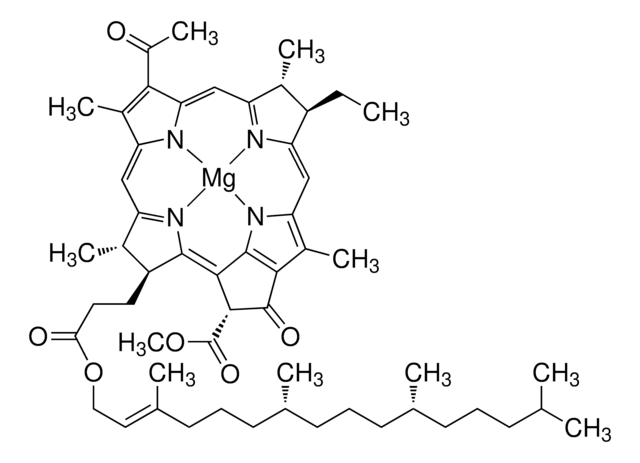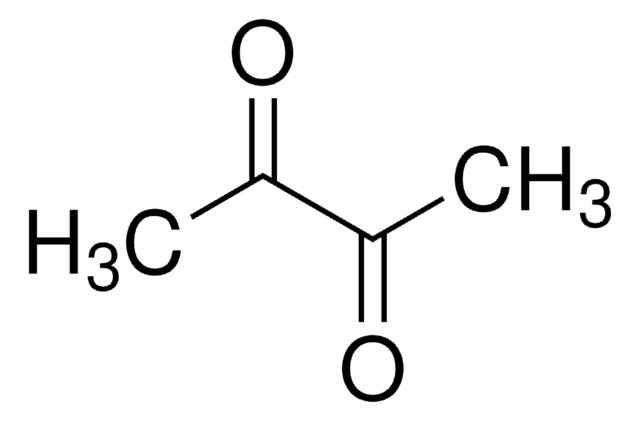Recommended Products
Quality Level
assay
≥90% (HPLC)
form
solid
mol wt
536.87 g/mol
λ
in hexane (with 2% dichloromethane)
UV absorption
λ: 458-462 nm Amax
storage temp.
−20°C
SMILES string
CC(/C=C/C1=C(C)CCCC1(C)C)=C\C=C\C(C)=C\C=C\C=C(C)\C=C\C=C(\C=C\C=C(C)\CCC=C(C)C)C
InChI
1S/C40H56/c1-32(2)18-13-21-35(5)24-15-26-36(6)25-14-22-33(3)19-11-12-20-34(4)23-16-27-37(7)29-30-39-38(8)28-17-31-40(39,9)10/h11-12,14-16,18-20,22-27,29-30H,13,17,21,28,31H2,1-10H3/b12-11+,22-14+,23-16+,26-15+,30-29+,33-19+,34-20+,35-24+,36-25+,37-27+
InChI key
HRQKOYFGHJYEFS-BXOLYSJBSA-N
Looking for similar products? Visit Product Comparison Guide
General description
Carotenoids are tetraterpene pigments known for displaying a range of colors such as yellow, orange, red, and purple. They are mostly found in photosynthetic bacteria, certain species of archaea and fungi, algae, plants, and animals. γ-Carotene, characterized by its unsubstituted β-ionone rings, serves as a precursor to retinoids and is referred to as pro-vitamin A.
Biochem/physiol Actions
wgk_germany
WGK 3
flash_point_f
Not applicable
flash_point_c
Not applicable
Certificates of Analysis (COA)
Search for Certificates of Analysis (COA) by entering the products Lot/Batch Number. Lot and Batch Numbers can be found on a product’s label following the words ‘Lot’ or ‘Batch’.
Already Own This Product?
Find documentation for the products that you have recently purchased in the Document Library.
Customers Also Viewed
Our team of scientists has experience in all areas of research including Life Science, Material Science, Chemical Synthesis, Chromatography, Analytical and many others.
Contact Technical Service








